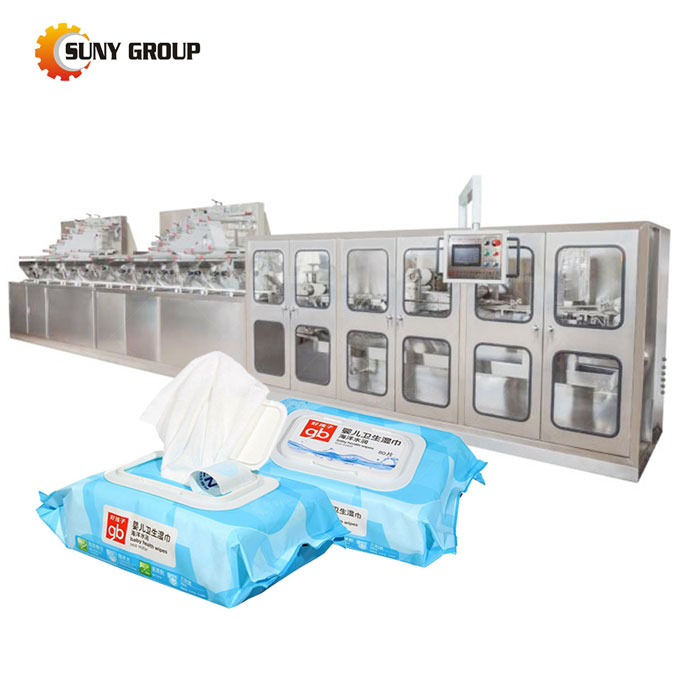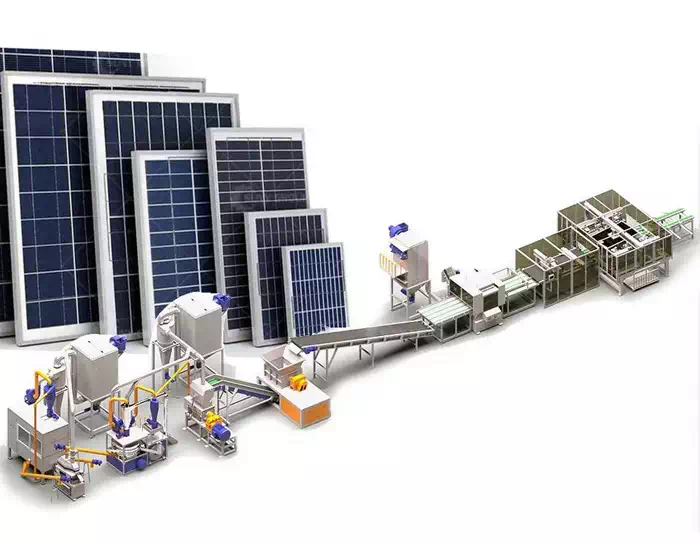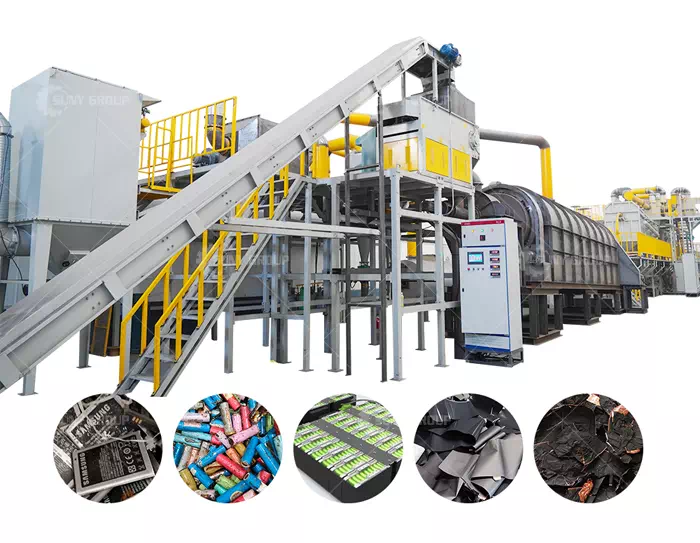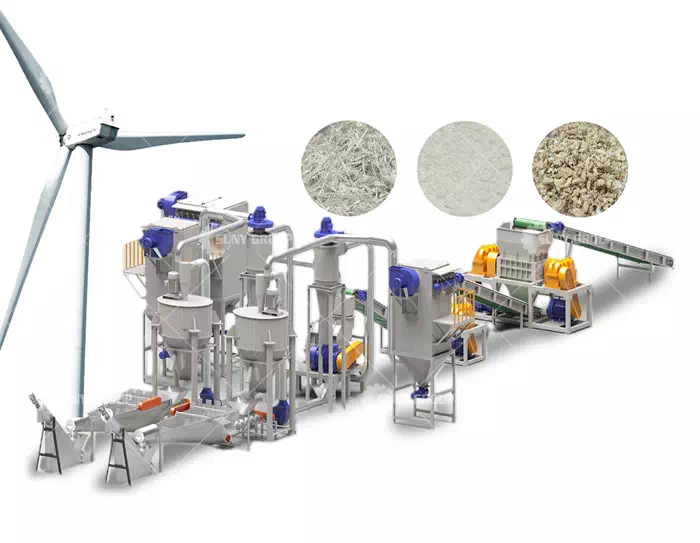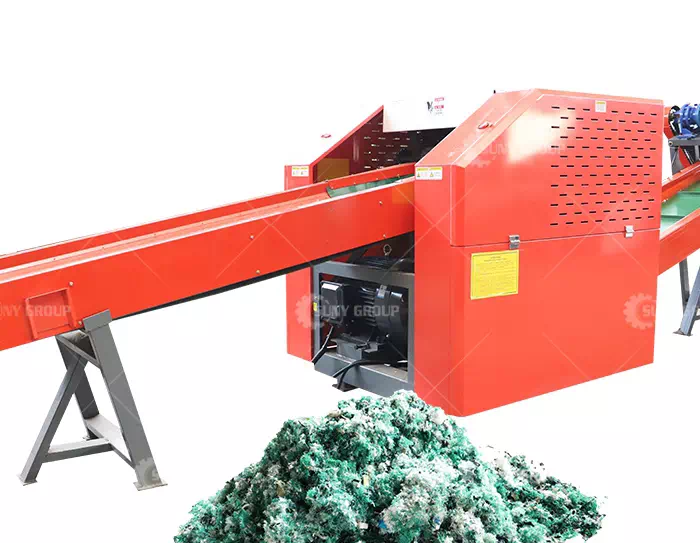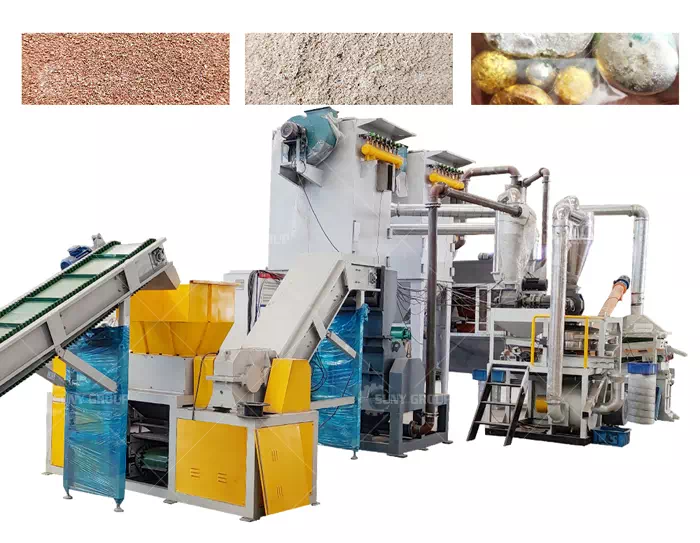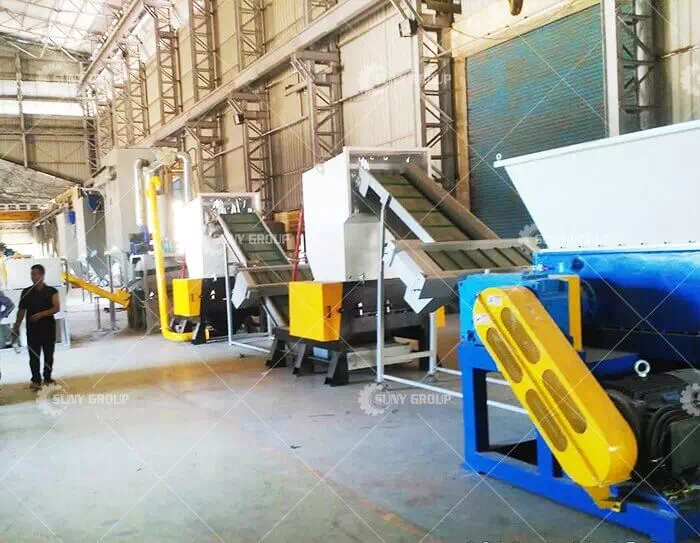How to solve the debugging difficulties of wet wipes sticking lid
With the increase in the production capacity of packaging machines, the requirements for the speed of wet wipes and lids are increasing. In addition, the accuracy of wet wipes and lids is high, and the difficulty of equipment debugging is gradually increasing.
In order to meet the speed requirements, our company has made lightweight transformations to the robot body, and under the premise of ensuring the performance of the body, the load is lighter and the speed is faster. In addition, a high-speed motor is also selected to add sufficient horsepower to the robot.
Precision requirements have always been a difficult point in the debugging process, and one of its main influencing factors is vision. The camera position determines the origin of the camera coordinate system, and the working distance determines the pixel ratio. When the working distance of the camera changes, the pixel ratio will change even if the camera position does not change. At present, the cameras selected by our company are all fixed-focus lenses. When the camera position is fixed, the height of the workpiece will change and the pixel ratio will change.
Due to the different specifications of products produced by customers, it is difficult to adapt all products with a constant pixel ratio. In response to this problem, our R&D staff added an algorithm to enable the vision software to automatically calculate the pixel ratio based on the input product height. The automatically calculated pixel ratio is almost the same as the actual measured pixel ratio.
Another factor that affects the accuracy of vision is camera distortion. The camera lens is a spherical surface, but the image is flat, and the edge of the field of view will be distorted, so the best recognition area is the middle of the field of view. As mentioned above, the position of the camera determines the origin of the camera coordinate system. Generally, the origin of the camera coordinate system is a corner of the front end of the field of view. The greater the distance from the origin, the greater the deviation caused by the inaccuracy of the pixel ratio. The best recognition area is the middle of the camera, so visual errors occur. Unsolved this problem, our R&D staff changed the algorithm to change the origin of the visual coordinate to the center of the field of view. The recognition area is near the origin of the visual coordinates, which greatly reduces the deviation caused by the pixel ratio and detailed distortion. Our debuggers need to repeatedly test and correct the pixel ratio during the debugging process, and strive to minimize the deviation.
The algorithm of the controller requires that the x direction of the camera coordinate system is consistent with the running direction of the conveyor belt, that is, the y coordinate value of the recognition result of the product at the front end of the field of view and the rear end of the field of view does not change. We will revise the angle compensation value repeatedly during the debugging process to meet the requirements. The specific operation is as follows: record the coordinate information of the material at the front end of the field of view, run the conveyor belt, make the material enter the end of the field of view, and record relevant information. Calculate the angular deviation between the X axis of the visual coordinate system and the movement direction of the conveyor belt, and perform angular compensation in the visual software.
The visually recognized product and the encoder cooperate to inform the position of the product on the conveyor line. The resolution of the encoder is another important factor that affects the accuracy. On the premise of ensuring the accuracy of the camera, the calibrated positions of the products identified by similar positions at the front end of the robot working area and the back end of the robot working area should be the same. If there is a deviation, adjust the encoder resolution according to the way the deviation occurs, until the requirement is met. In addition, the working space of the robot should be as small as possible under the premise of meeting the production requirements, and the installation distance between the camera and the robot should be as close as possible, so as to reduce the deviation caused by the resolution of the encoder.
Recommend products
CONTACT US:
If you have any requirement or suggestion, please fill in the form and send to us, thanks!E-mail:sunymachine@gmail.com | Whatsapp:+8613674945231


